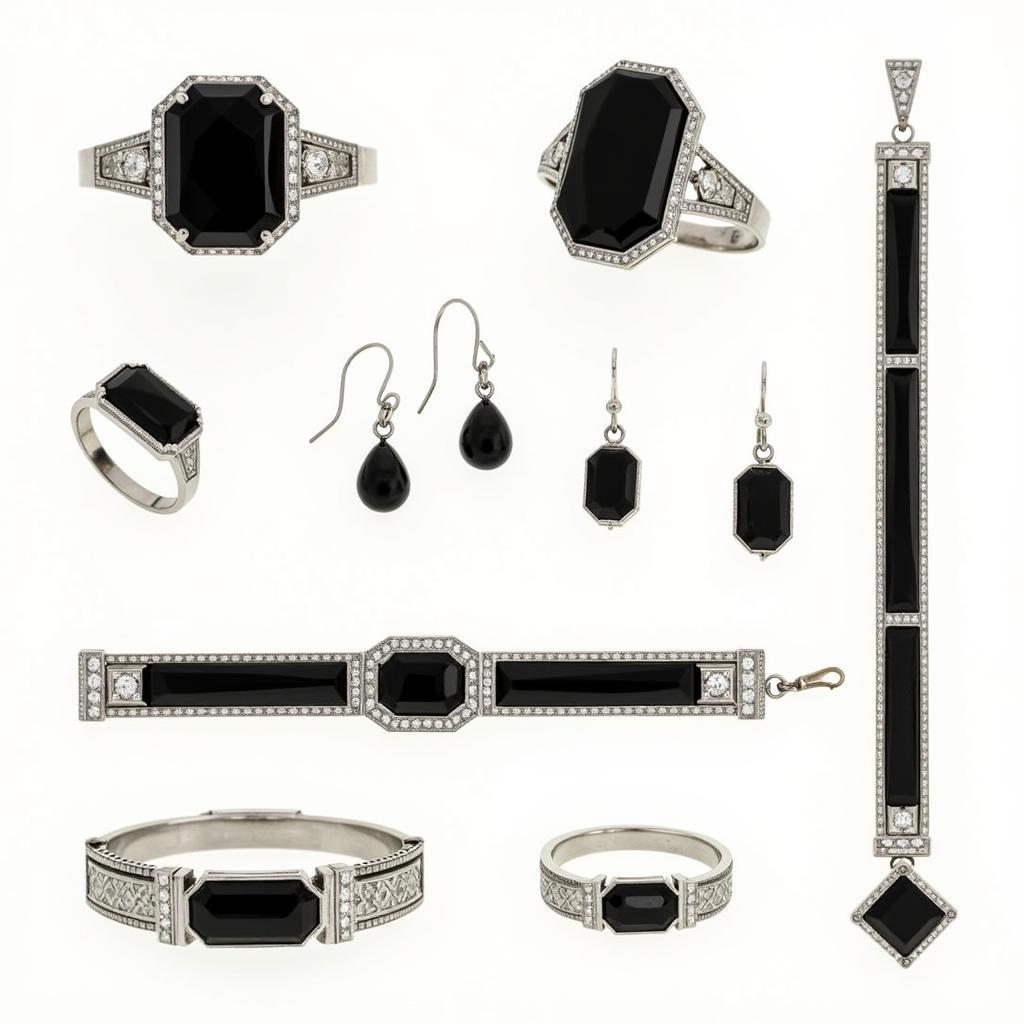Discover the Delicate Beauty of Japanese Pressed Flower Art
Oshibana, more widely known as Japanese Pressed Flower Art, is a centuries-old practice of preserving the fleeting beauty of nature within the confines of art. It’s a captivating art form that transforms vibrant blossoms, leaves, and other botanical elements into intricate designs, breathing life into stationery, home decor, and more.
A Brief History of Pressed Flower Art in Japan
The roots of Japanese pressed flower art can be traced back to the 16th century, where samurai warriors used pressed flowers as tokens of luck and blessings before heading into battle. Over time, oshibana transitioned from a symbol of warrior culture to a beloved pastime among Japanese nobility. Ladies of the court would meticulously arrange pressed flowers into exquisite scenes, showcasing their elegance and refined taste.
Essential Tools and Materials for Oshibana
Creating your own pressed flower art is a journey that requires patience, a keen eye for detail, and a few essential tools:
- Flowers and Plants: The heart of oshibana lies in the selection of your botanicals. While any flower can be pressed, delicate blooms with naturally flat surfaces tend to yield the most stunning results. Consider using pansies, violets, ferns, and small leaves for your first creations.
- Flower Press: Although you can press flowers using heavy books, a dedicated flower press ensures even pressure distribution for optimal drying and color preservation.
- Tweezers: These delicate instruments are crucial for precise placement and manipulation of fragile petals and leaves.
- Acid-Free Paper and Glue: Acid-free paper prevents your artwork from yellowing over time, while acid-free glue secures your delicate botanicals in place.
- Other Useful Tools: Scissors, a cutting mat, a ruler, and a bone folder are handy additions to your oshibana toolkit.
The Art of Pressing Flowers: A Step-by-Step Guide
- Gathering Your Botanicals: Begin by collecting fresh flowers at their peak bloom. Avoid flowers with signs of wilting or damage.
- Pressing Your Flowers: Carefully arrange your flowers between two sheets of absorbent paper within your flower press. Apply firm, even pressure and allow the flowers to dry for 1-3 weeks, depending on their thickness.
- Designing Your Oshibana: Once your pressed flowers are completely dry, unleash your creativity! Sketch a design onto your acid-free paper or cardstock.
- Arranging and Adhering: Using tweezers, carefully lift and position your dried flowers onto your design. Secure them in place with a small amount of acid-free glue.
- Framing and Displaying: To protect your artwork from dust and fading, frame your finished oshibana piece using UV-protective glass.
Exploring the Versatility of Oshibana
“The beauty of oshibana lies in its versatility,” says renowned pressed flower artist, Hana Sato. “From simple greeting cards to elaborate wall art, the possibilities for incorporating pressed flowers into your creations are endless.” Indeed, oshibana transcends mere crafting, evolving into a meditative practice that connects you with nature’s ephemeral beauty.
Conclusion
Japanese pressed flower art offers a captivating blend of artistic expression and reverence for nature. Whether you’re drawn to its rich history, its therapeutic process, or the stunning results, oshibana invites you to slow down, appreciate the intricate details of the natural world, and create lasting beauty with every pressed petal and leaf.
FAQs about Japanese Pressed Flower Art
1. What is the best time to collect flowers for pressing?
It’s best to collect flowers on a dry day, ideally in the mid-morning after any dew has evaporated. Choose flowers that are in full bloom but not yet starting to wilt.
2. How long do pressed flowers last?
When properly pressed, dried, and protected from humidity and direct sunlight, pressed flowers can last for several years.
3. Can I press flowers without a flower press?
Yes, you can press flowers using heavy books. Place the flowers between two sheets of absorbent paper and weight them down with several heavy books.
Need help?
Contact us Hotline: 02462573573, Email: [email protected] or come to Savico Megamall, 7-9 Nguyen Van Linh Street, Gia Thuy Ward, Long Bien District, Hanoi 10000, Vietnam. We have a 24/7 customer support team.


